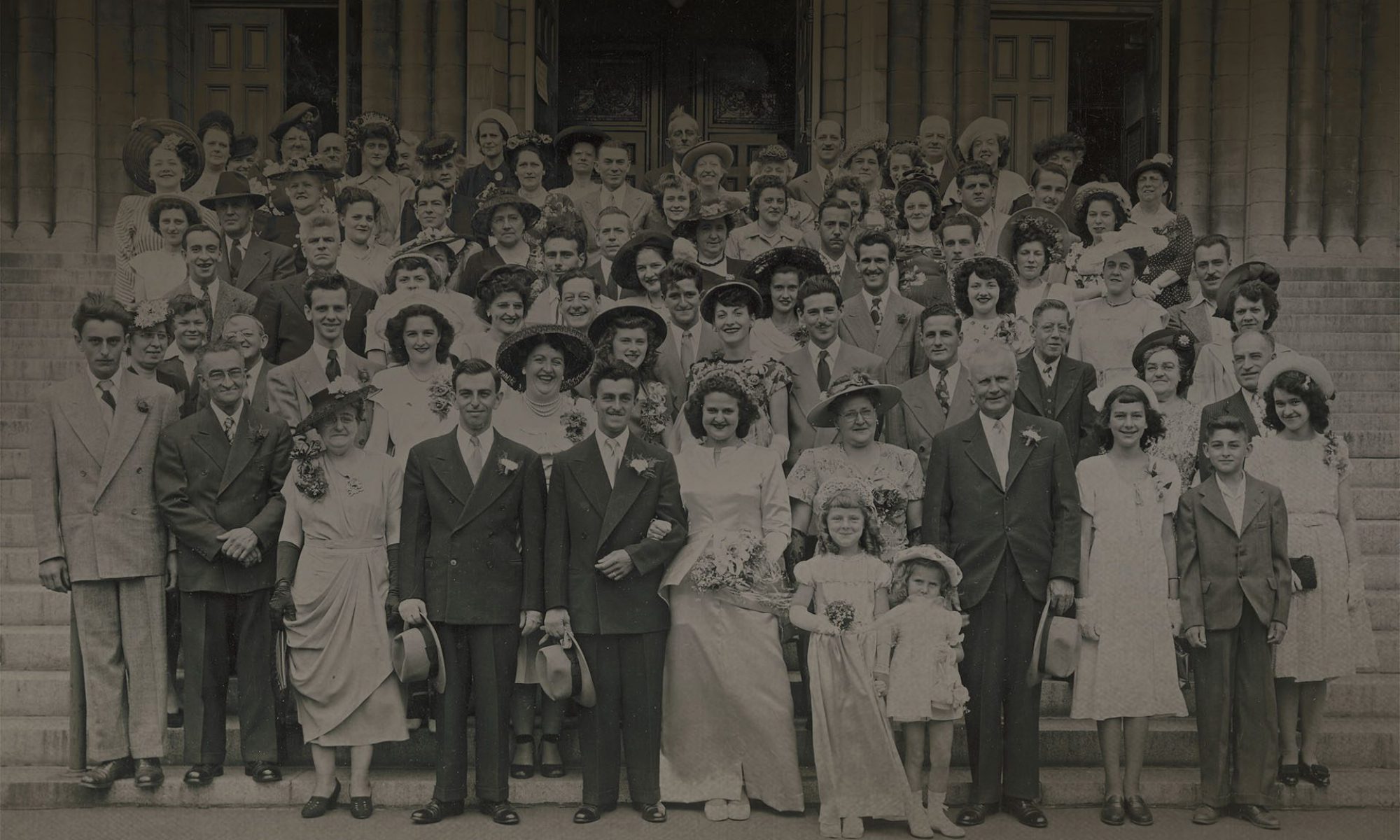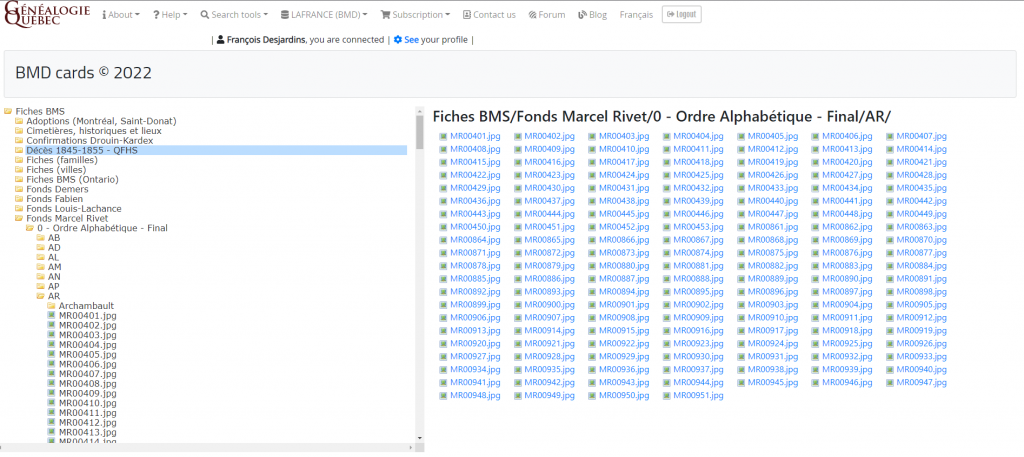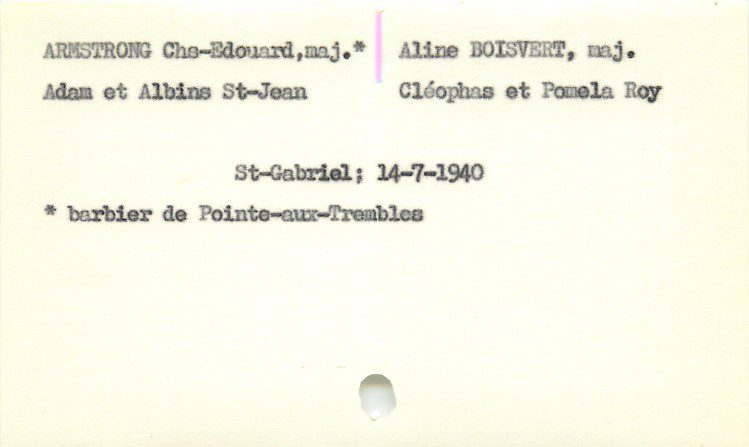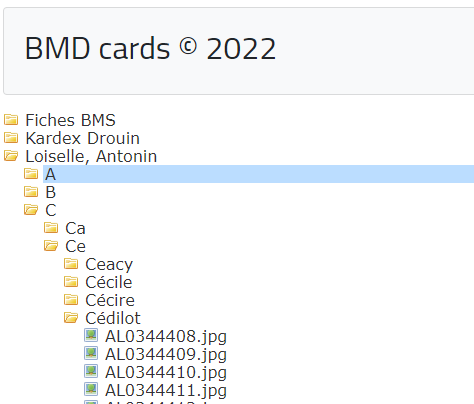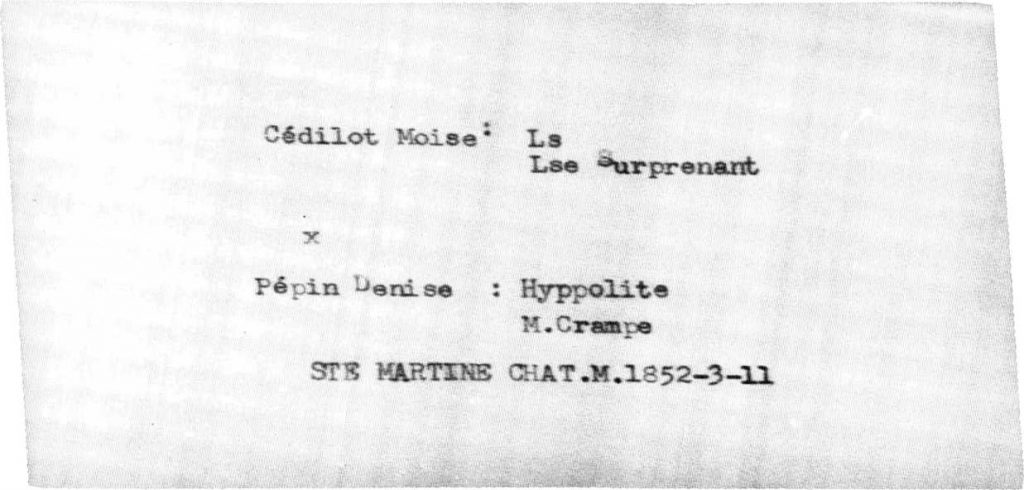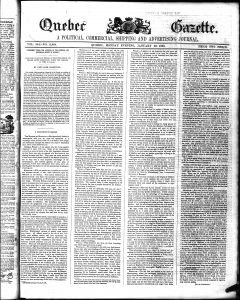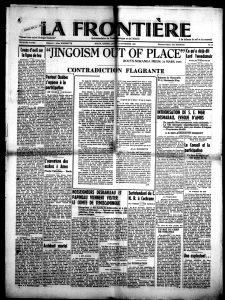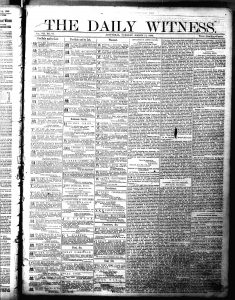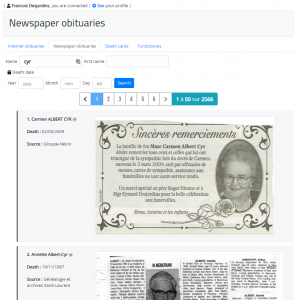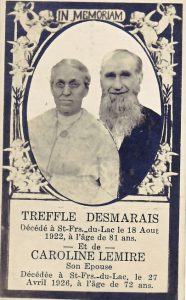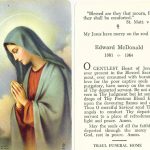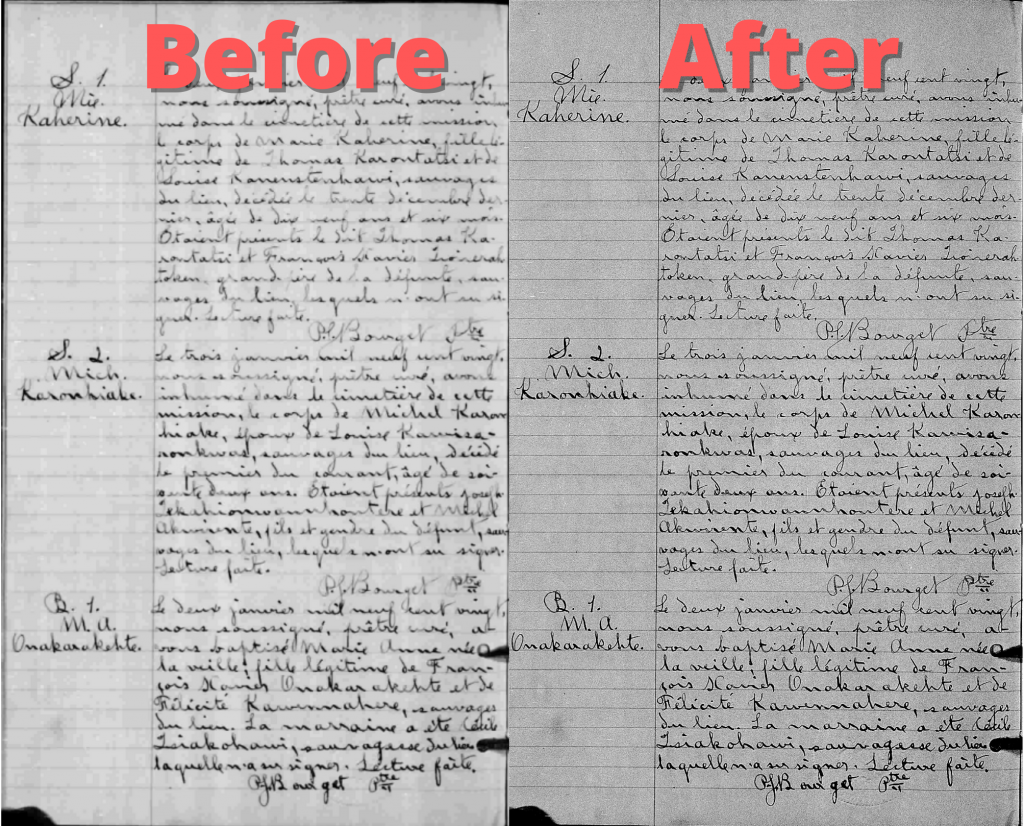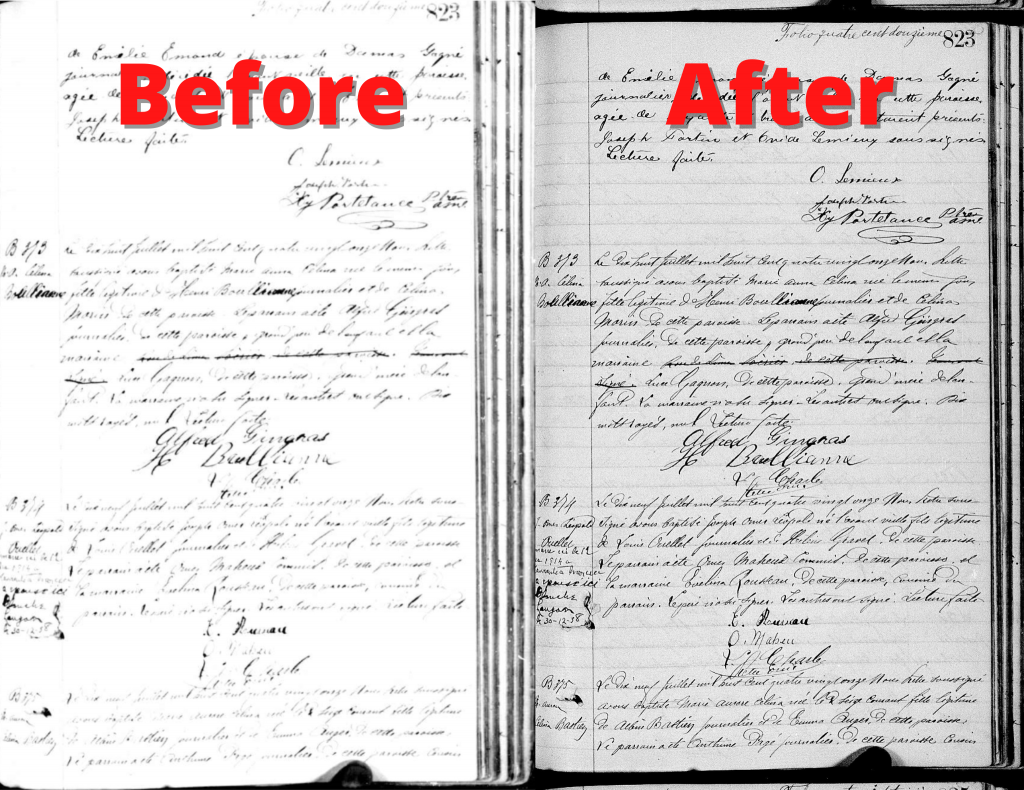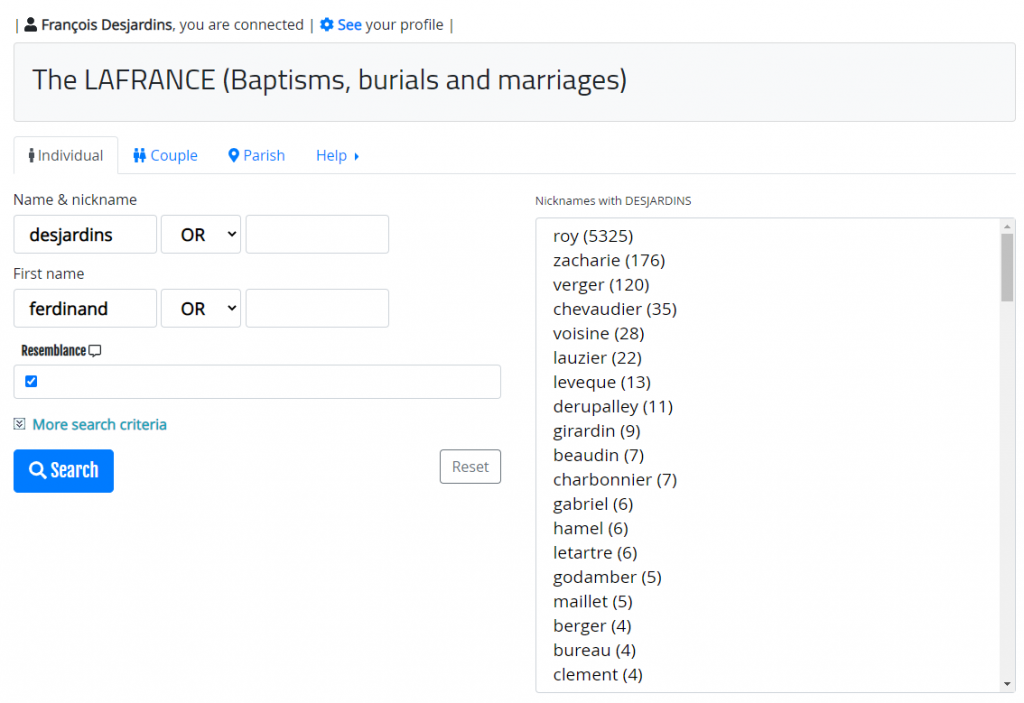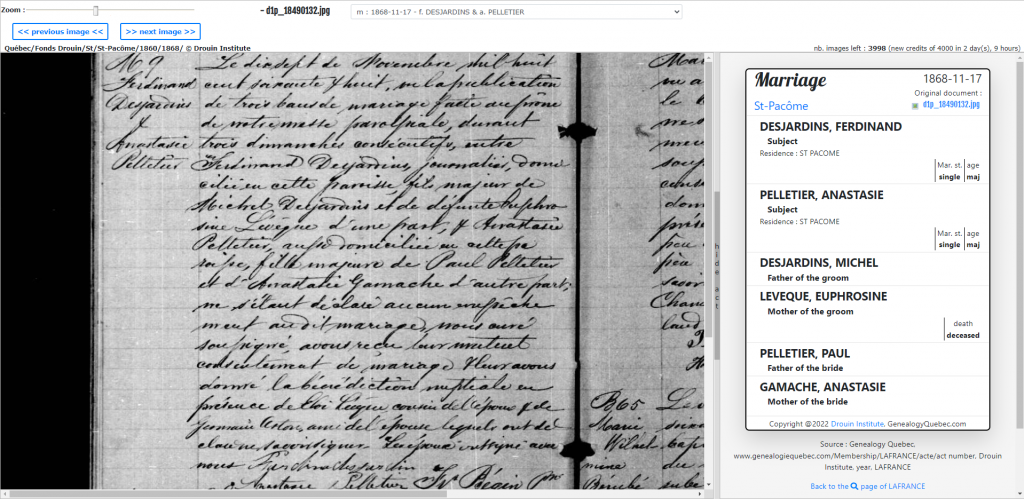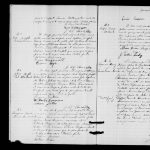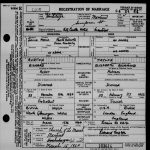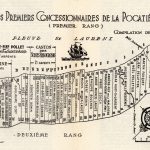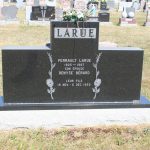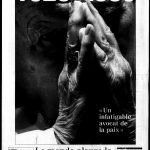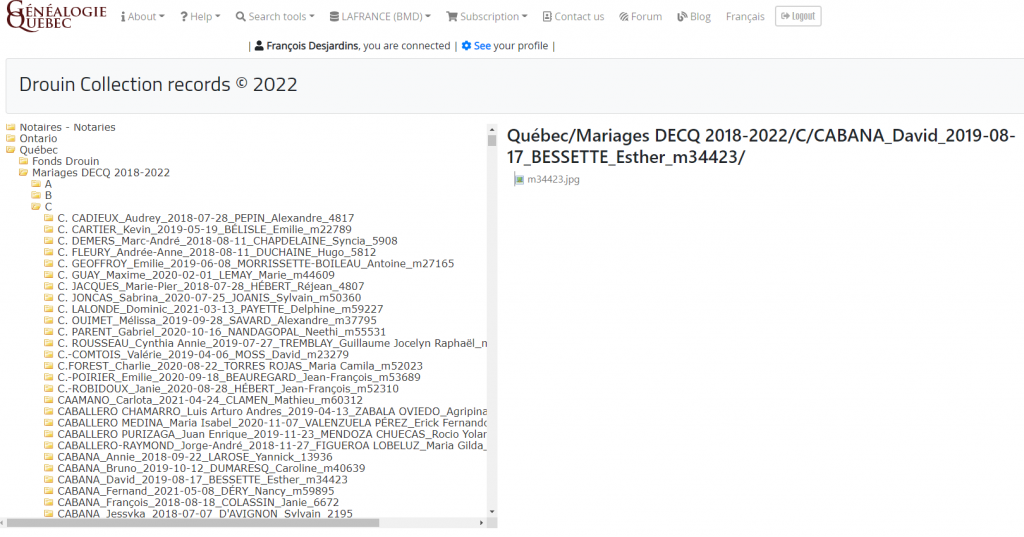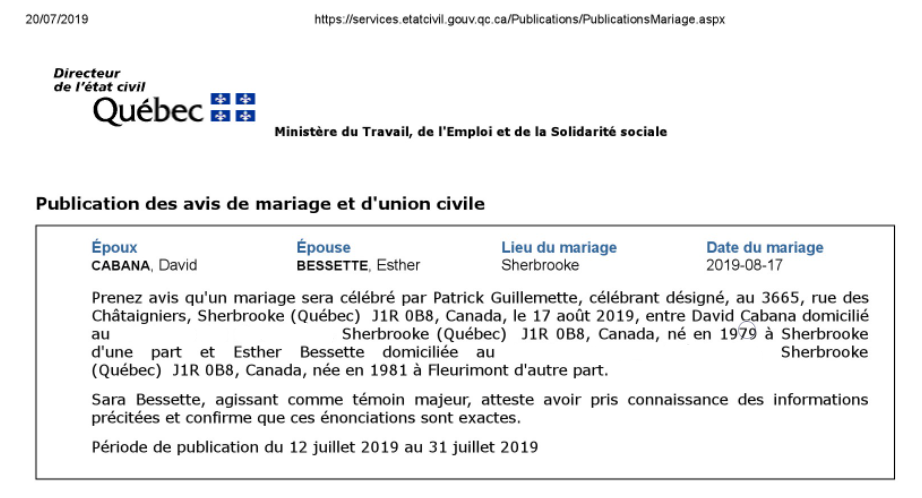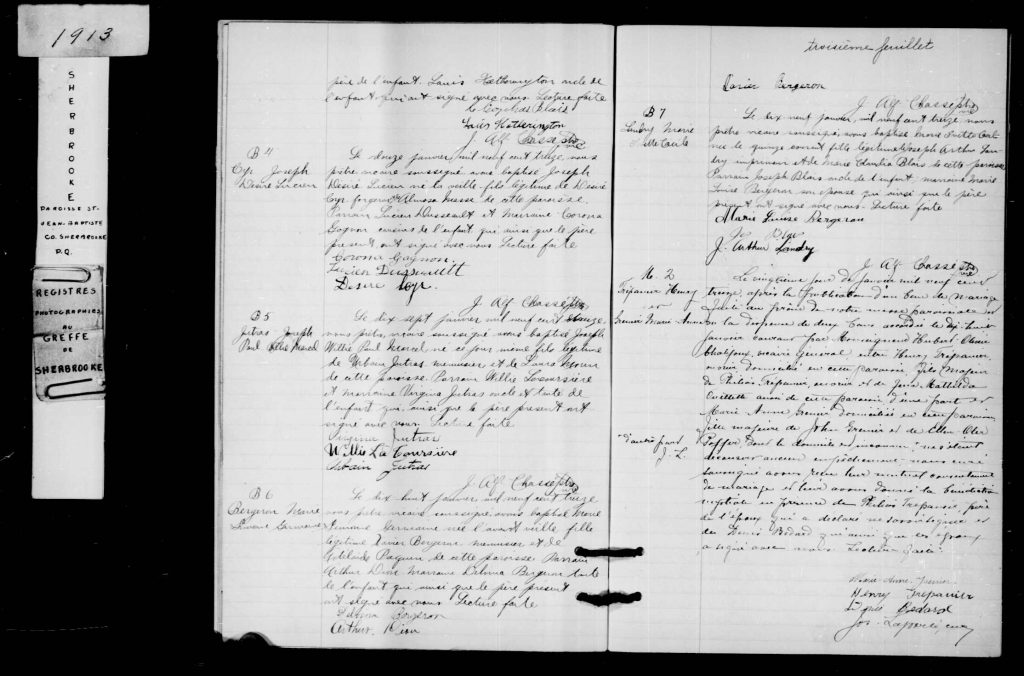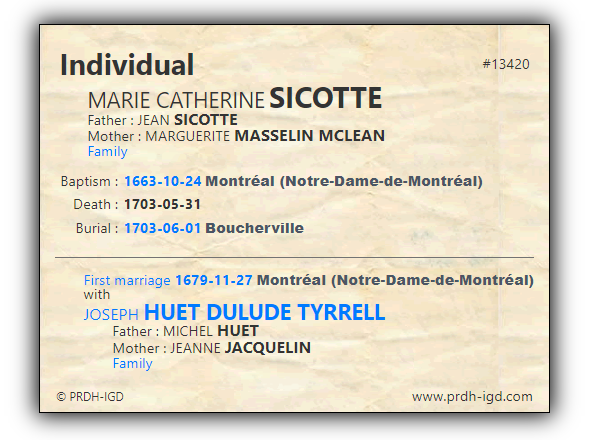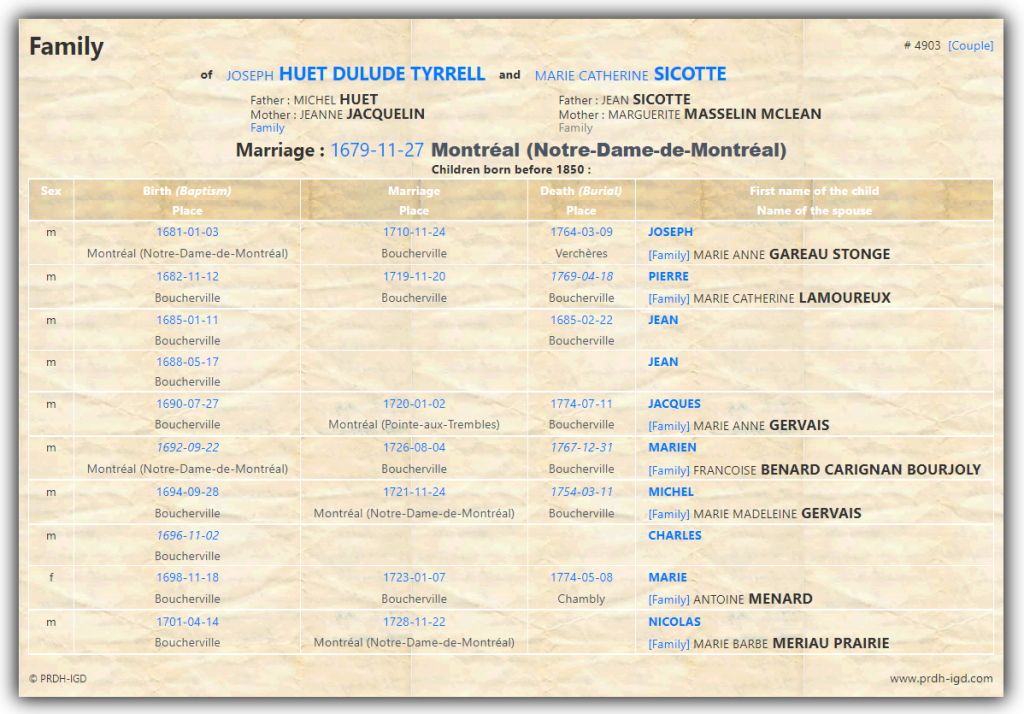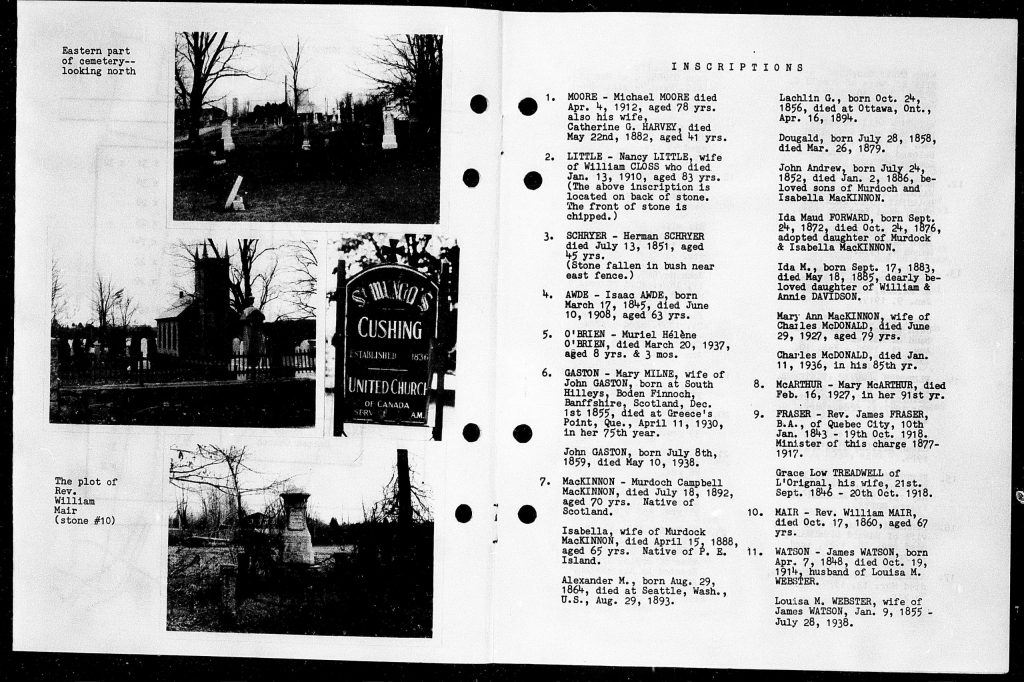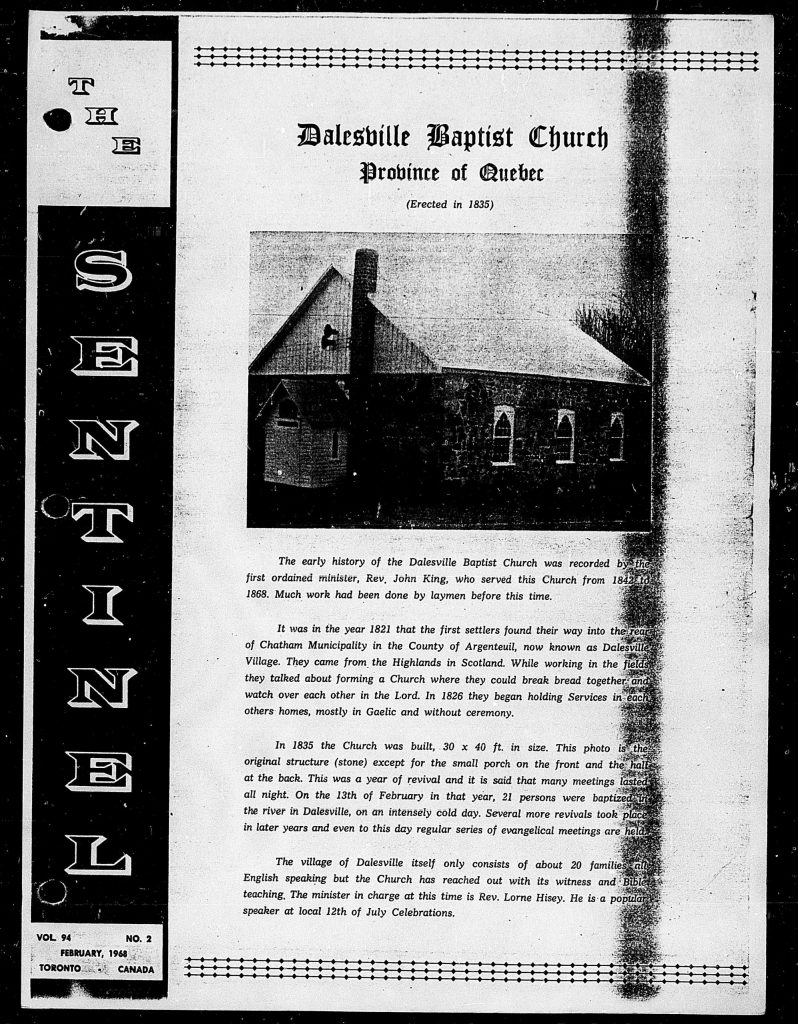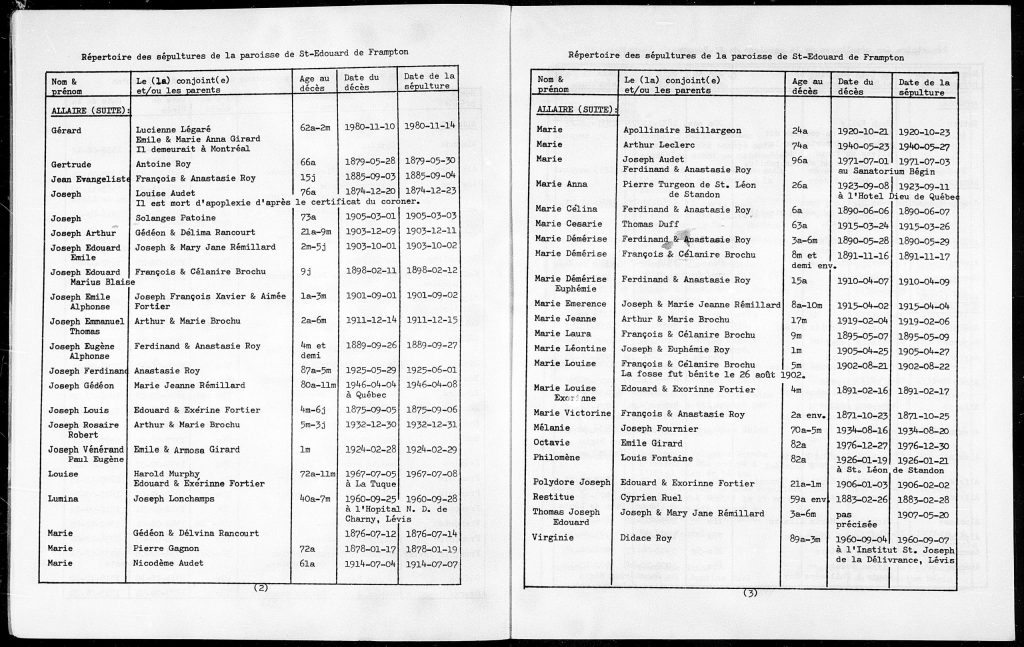
In genealogy, the marriage record is key to tracing one’s ancestors. We are fortunate in Quebec to have access to the majority of marriages recorded in the province from the beginnings of the colony up to today, thanks to the archives kept by the church and the government. In this article, you will find a list of the best free and paid sources of Quebec marriage records available on the internet.
The LAFRANCE on Genealogy Quebec (Quebec marriage records 1621 to today)
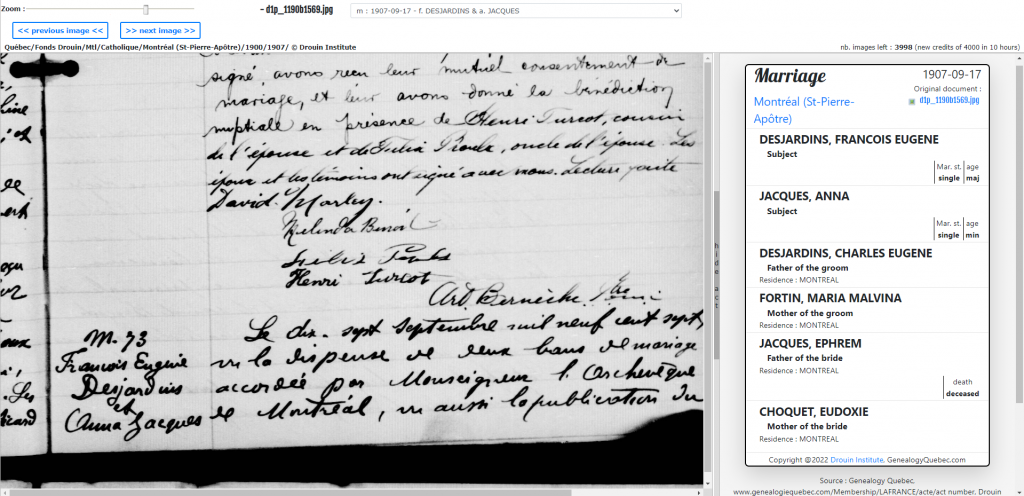
The LAFRANCE is a database equipped with a search engine containing birth, death and marriage records from Quebec as well as from Ontario and Acadia. In addition to millions of baptisms and burials, it contains over 5 million religious and civil Quebec marriages, including every single Catholic marriage recorded in the province between 1621 and 1919.
Browse the LAFRANCE on Genealogy Quebec ($)
Genealogy Quebec subscription: starting at $7 CAD
Marriages and Deaths 1926-1997 on Genealogy Quebec

The Marriages and Deaths 1926-1997 collection contains all of the marriages and deaths recorded in Quebec by the government during that period.
It can be consulted on Genealogy Quebec using the LAFRANCE tool.
Browse the Marriages and Deaths 1926-1997 collection on Genealogy Quebec ($)
Genealogy Quebec subscription: starting at $7 CAD
Quebec Civil Registration (1621 to the 1940s)
The civil registration of Quebec is a collection comprising almost all the parish registers recorded in Quebec between 1621 and the 1940s. This collection includes a digitized version of every register, but the individual records they contain are not indexed; you will have to go through the register manually, year by year, to find the record you are looking for.
Browse Quebec’s civil registration up to the 1920s on the BANQ website (Free)
Browse Quebec’s civil registration up to the 1940s Genealogy Quebec ($)
Genealogy Quebec subscription: starting at $7 CAD
Quebec Parish Registres (1621 to 1979)
A second copy of Quebec’s civil registration exists. This one was kept within the churches themselves. This collection is available with a partial index up to 1979 for Catholic parishes, and 1967 for Protestant parishes.
Browse Quebec’s Catholic Parish Registers on Family Search (Free)
Browse Quebec’s Protestant Parish Registers on Family Search (Free)
PRDH-IGD (Quebec marriage records from 1621 to 1849)

The PRDH-IGD is a directory of ALL vital events recorded by the Catholic church in Quebec from 1621 to 1849, which represents over 2.5 million records.
Every individual mentioned in one of these records gets their own “individual file” in which the information available on the individual is centralized. Links to all records where the individual is mentioned are also included in the file.
In addition, every married couple from the database is assigned a “family file” which fulfills a similar role as the individual file, but in relation to an entire family. It lists all the couple’s children with redirections to their individual files and their vital records. The family file also contains additional information pertaining to the married couple.
To put it more simply, the PRDH-IGD database is a exhaustive family tree of the entire French Canadian population from the early days of the colony to 1849.
PRDH-IGD subscription: starting at $19,99 CAD
NosOrigines
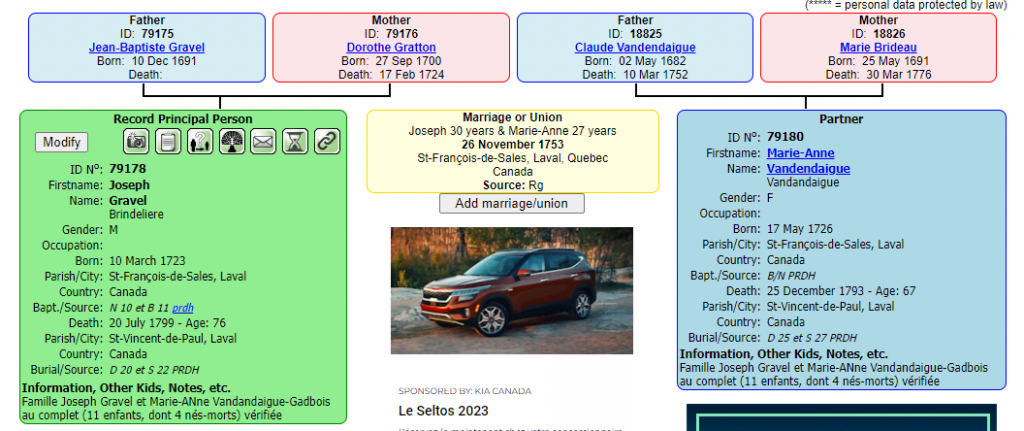
NosOrigines is a free website with hundreds of thousands of files pertaining to Quebec families. These files usually refer to vital events from Quebec’s parish registers. A link to the original document available on Family Search is sometimes included.
BMS2000
BMS2000 is a research website containing over 16 million Quebec marriages, baptisms and burials. A search engine allows for easy browsing of the database. A link to the original document available on Family Search is sometimes included.
BMS2000 subscription: starting at $20 CAD
Fichier Origine

The Fichier Origine contains individual files based on civil and notarial records relating to the first immigrants of families who settled on Quebec soil from the beginnings of the colony until 1865. These individual files contain information about the marriage of these pioneers, whether it took place in Quebec or in the country of origin.
